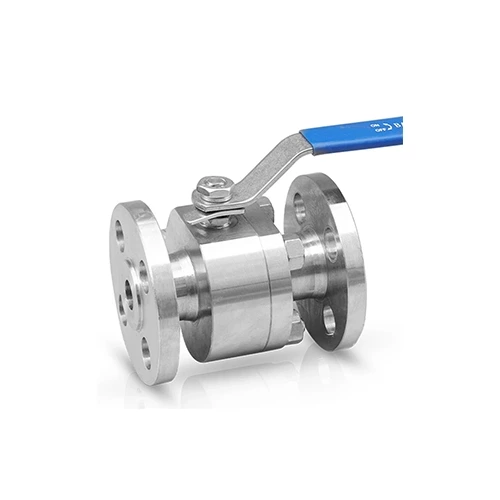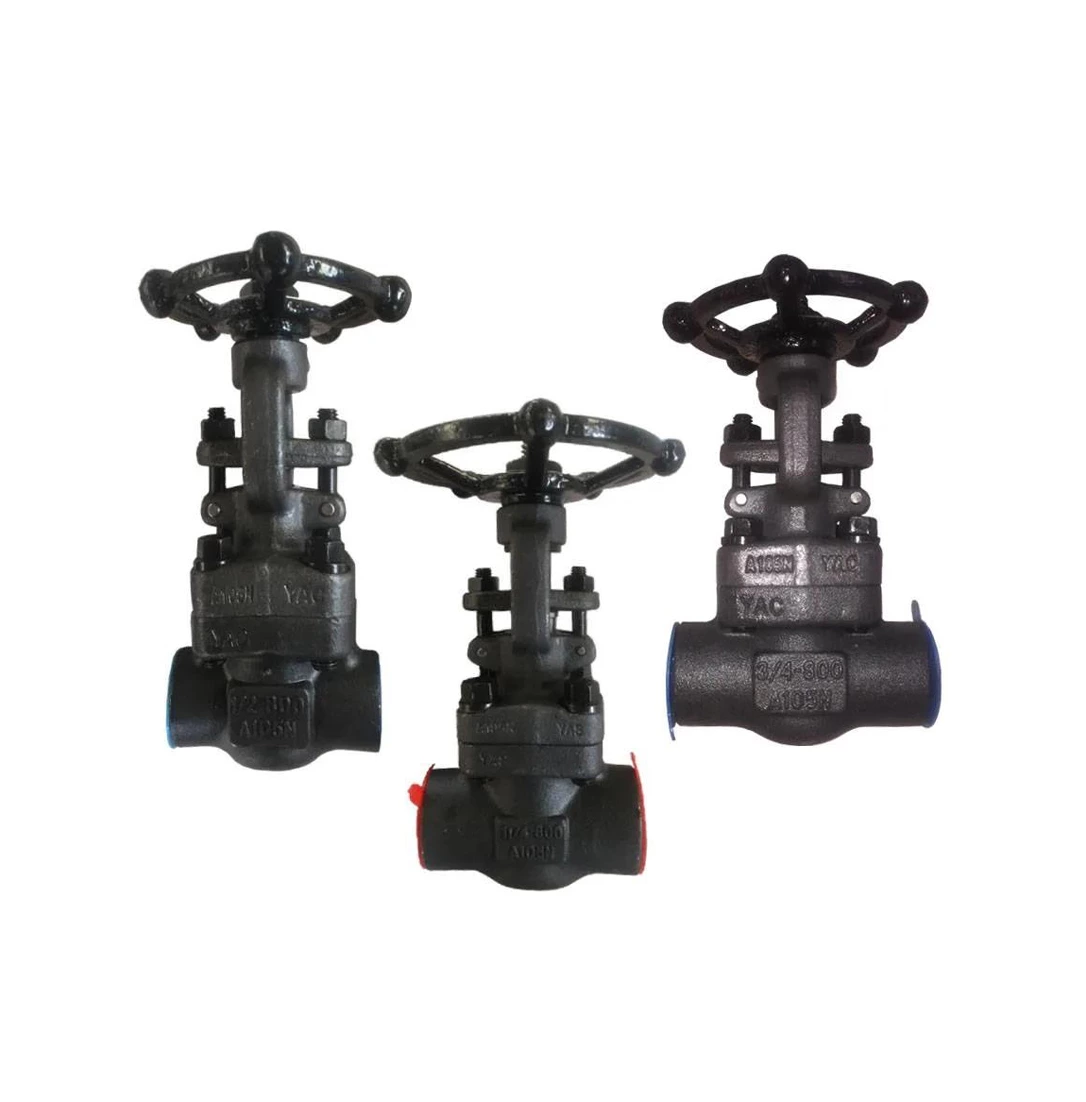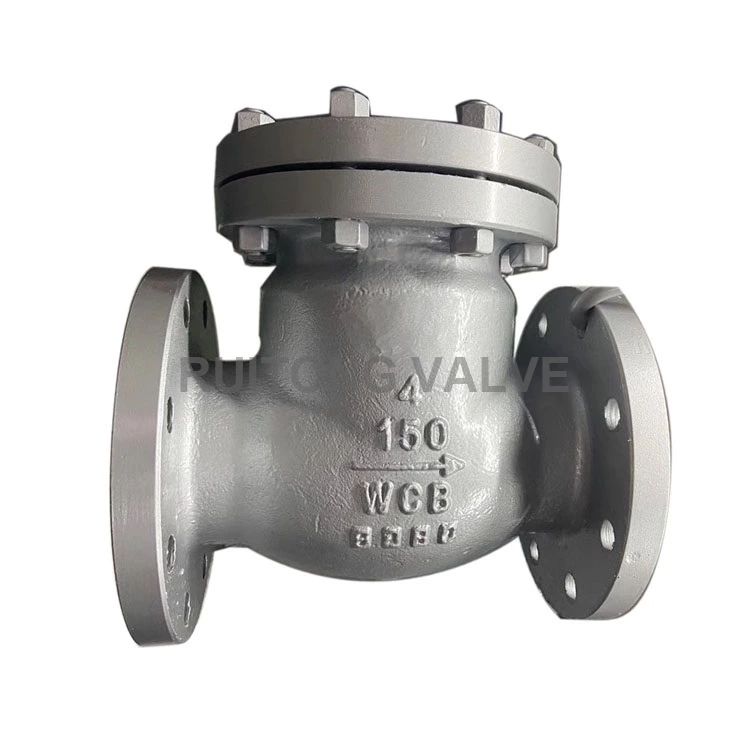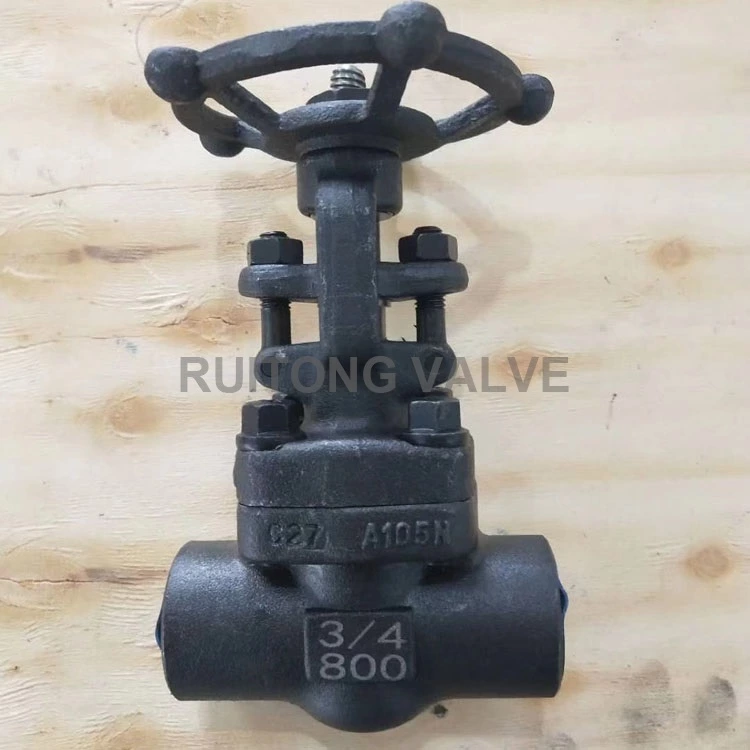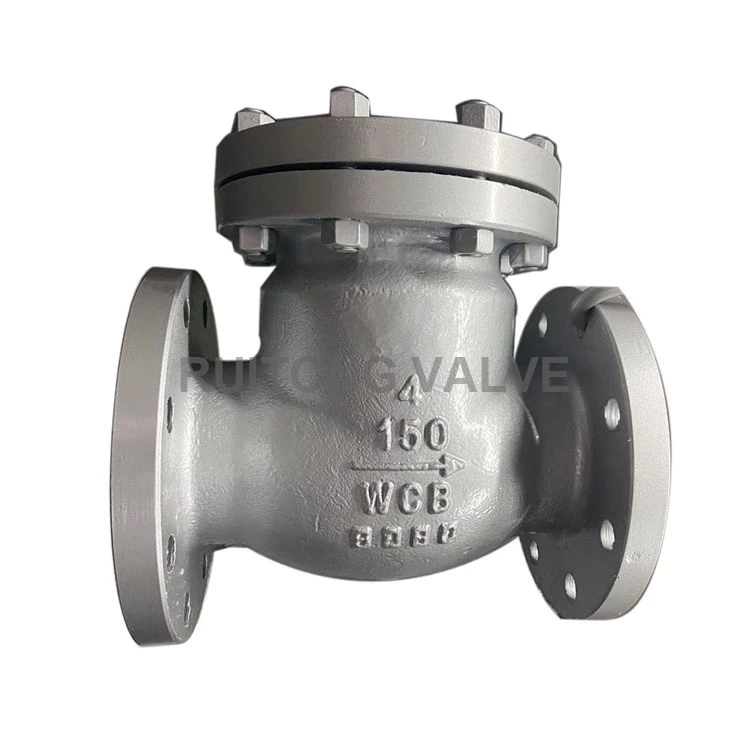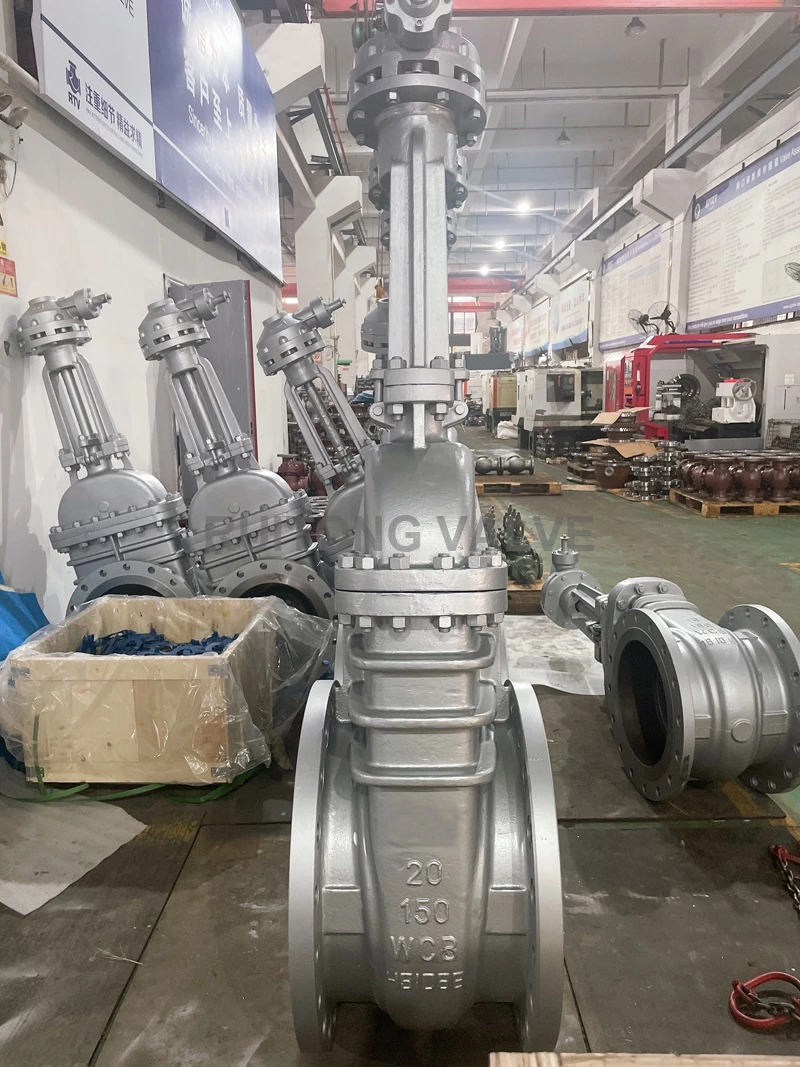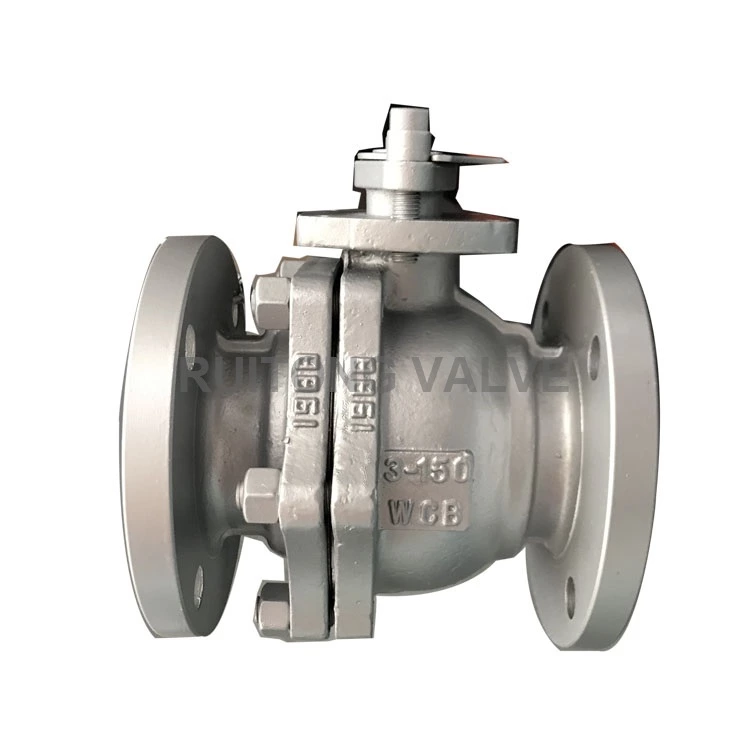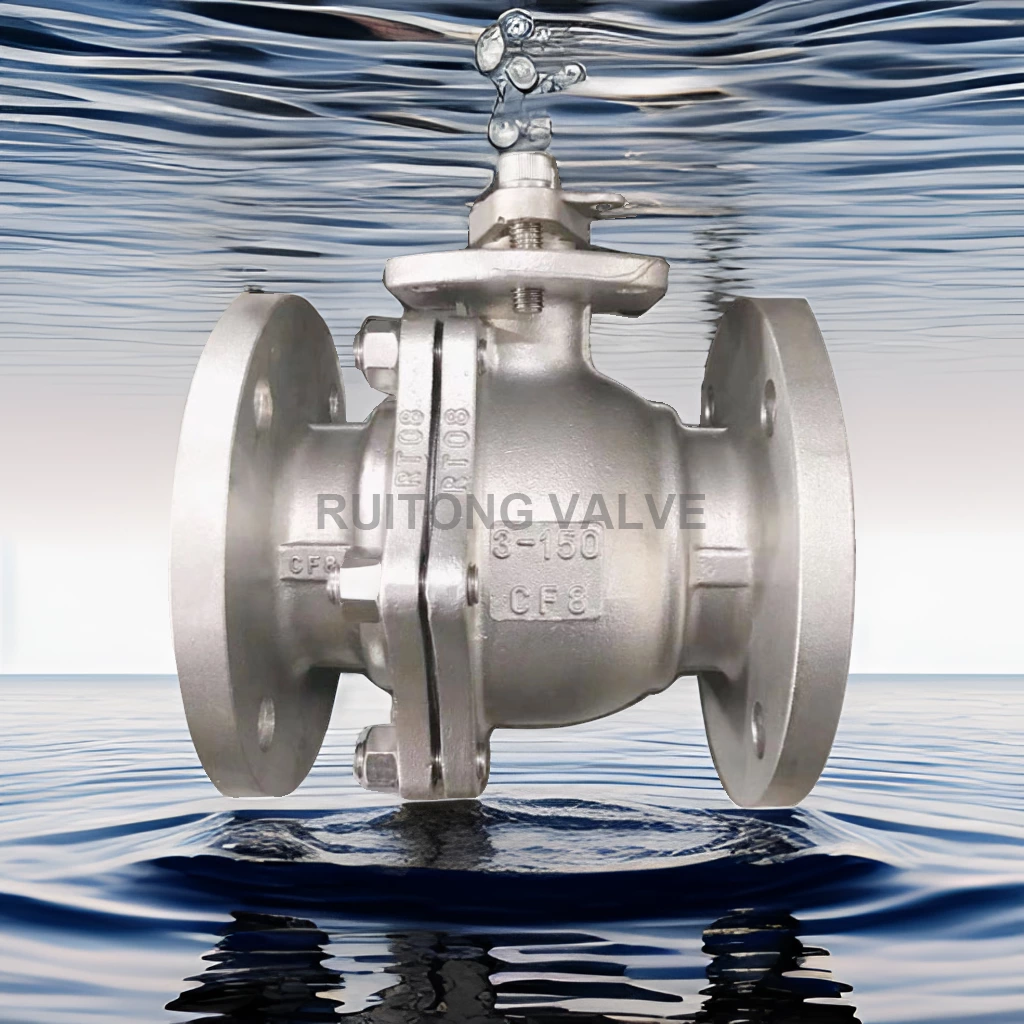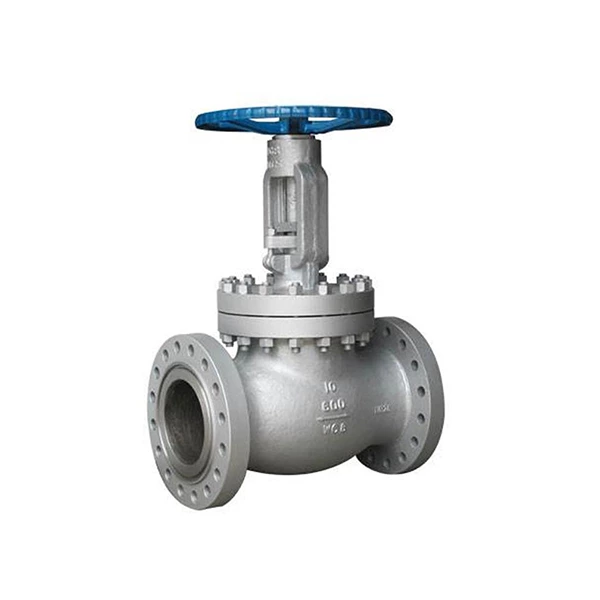History Of Ball Valves, Classification And Characteristics Of Ball Valves
Ball Valve was introduced in the 1950s. With the rapid development of science and technology, the continuous improvement of production technology and product structure, it has rapidly developed into a major valve type in just 50 years. In Western industrially developed countries, the use of ball valves is increasing year by year.
Ball valves are mainly used in pipelines to cut off, distribute and change the flow direction of the medium. It only needs to rotate 90 degrees and a very small torque to close tightly. Ball valves are most suitable for use as switches and cut-off valves.
Since ball valves usually use rubber, nylon and polytetrafluoroethylene as valve seat sealing ring materials, their operating temperature is limited by the valve seat sealing ring material. The cut-off effect of the ball valve is achieved by the metal ball being pressed against the plastic valve seat under the action of the medium (floating ball valve). Under a certain contact pressure, the valve seat sealing ring undergoes elastic-plastic deformation in local areas. This deformation can compensate for the manufacturing accuracy and surface roughness of the ball and ensure the sealing performance of the ball valve.
Since the valve seat seal of the ball valve is usually made of plastic, the fire resistance and fire prevention of the ball valve should be considered when selecting the structure and performance of the ball valve, especially in the petroleum, chemical, metallurgical and other departments, when using ball valves in equipment and pipeline systems with flammable and explosive media, more attention should be paid to fire resistance and fire prevention.
Classification of ball valves
Ball valves are divided into: floating ball valves, fixed ball valves, track ball valves, V-type ball valves, three-way ball valves, stainless steel ball valves, floating ball valves, cast steel ball valves, forged steel ball valves, ash unloading ball valves, sulfur-resistant ball valves, ferrule ball valves, and welded ball valves.
In addition, according to different functions and transmission forms, they can be classified as follows:
Features of ball valves
1. It has the lowest flow resistance (actually zero).
2. It will not get stuck when working without lubricant, so it can be reliably used in corrosive media and low-boiling liquids.
3. It can achieve 100% sealing in a large pressure and temperature range.
4. It can realize ultra-fast opening and closing. The opening and closing time of some structures is only 0.05~0.1s, so as to ensure that it can be used in the automation system of the test bench. When the valve is opened and closed quickly, the operation is impact-free.
5. The ball-type closing part can be automatically positioned in position.
6. The working medium is reliably sealed on both sides.
7. When fully open and fully closed, the sealing surface of the ball and the valve seat is isolated from the medium, so the medium passing through the valve at high speed will not cause erosion of the sealing surface.
8. With compact structure and light weight, it can be considered the most reasonable valve structure for low-temperature medium systems.
9. The valve body is symmetrical, especially the welded valve body structure, which can well withstand the stress from the pipeline.
10. The closing part can withstand the high pressure difference when closing.
11. The ball valve with a fully welded valve body can be buried directly underground to prevent the valve internals from being corroded. The maximum service life can reach 30 years. It is the most ideal valve for oil and gas pipelines.
Applicable occasions of ball valves
The many unique characteristics of ball valves determine that the application occasions of ball valves are relatively wide. Generally, ball valves are recommended for use in pipeline systems with two-position adjustment, strict sealing performance, mud, wear, shrinkage channel, rapid opening and closing action (1/4 turn opening and closing), high-pressure cutoff (large pressure difference), low noise, cavitation and gasification, small leakage to the atmosphere, small operating torque, and small fluid resistance.
Ball valves are also suitable for pipeline systems with light structures, low-pressure cutoff (small pressure difference), and corrosive media. Ball valves can also be used in low-temperature (deep freezing) devices and pipeline systems. In the oxygen pipeline system of the metallurgical industry, ball valves that have been strictly degreased must be used. When the main pipeline in the oil pipeline and gas pipeline needs to be buried underground, a full-bore welded ball valve must be used. When the adjustment performance is required, a ball valve with a special structure with a V-shaped opening must be selected. In petroleum, petrochemical, chemical, electric power, and urban construction, metal-to-metal sealed ball valves can be used for pipeline systems with working temperatures above 200 degrees.
High-temperature integrated ball valve
Applicable principles of ball valve
For the main pipelines of oil and natural gas, pipelines that need to be cleaned, and those that need to be buried underground, full-diameter, fully welded ball valves should be selected;
For those buried above ground, full-diameter welded or flanged ball valves should be selected; for branch pipes, flanged, welded, full-diameter or reduced-diameter ball valves should be selected.
For the pipelines and storage equipment of finished oil, flanged ball valves should be selected.
For the pipelines of city gas and natural gas, floating ball valves with flanged and internal threaded connections should be selected.
For the oxygen pipeline system in the metallurgical system, fixed ball valves with flanged connections that have been strictly degreased should be selected.
For the pipeline systems and devices of low-temperature media, low-temperature ball valves with valve covers should be selected.
For the pipeline systems of the catalytic cracking units of the oil refining unit, lift rod ball valves can be selected.
For the devices and pipeline systems of corrosive media such as acids and alkalis in the chemical system, all-stainless steel ball valves made of austenitic stainless steel and with polytetrafluoroethylene as the valve seat seal ring should be selected.
Metal-to-metal sealed ball valves can be used in pipeline systems or devices for high-temperature media in metallurgical systems, power systems, petrochemical plants, and urban heating systems.
When flow regulation is required, worm-gear-driven, pneumatic or electric regulating ball valves with V-shaped openings can be used.
Summary
The use of ball valves is very extensive, and the variety and quantity of use are still expanding, and they are developing towards high pressure, high temperature, large diameter, high sealing, long life, excellent regulating performance and multi-function of one valve. Its reliability and other performance indicators have reached a high level, and it can partially replace gate valves, stop valves, and regulating valves.
With the technological progress of ball valves, in the foreseeable short term, especially on oil and gas pipelines, cracking units of oil refining, and nuclear industry, there will be more extensive applications. In addition, in the large and medium-sized diameter, medium and low pressure fields in other industries, ball valves will also become one of the dominant valve types.
